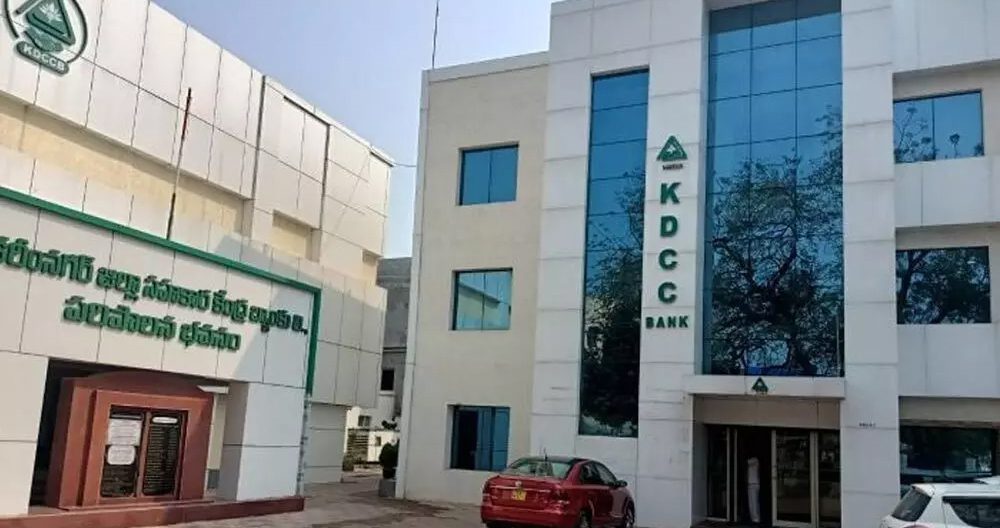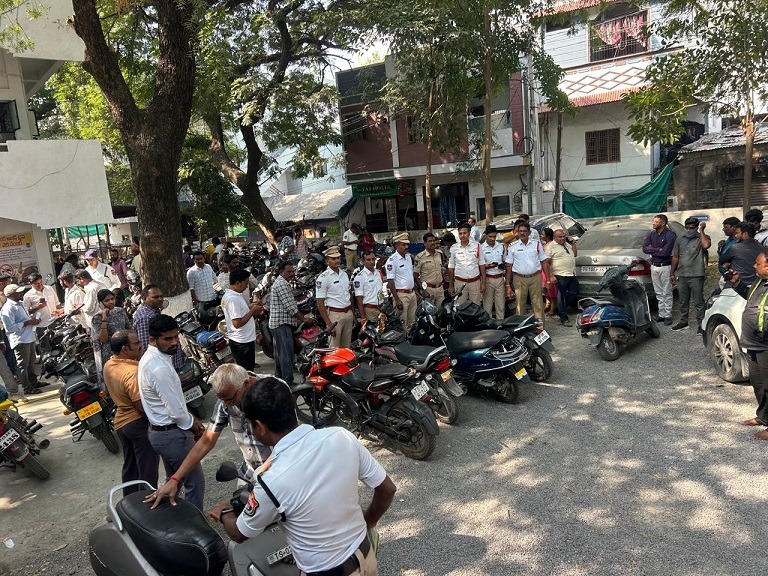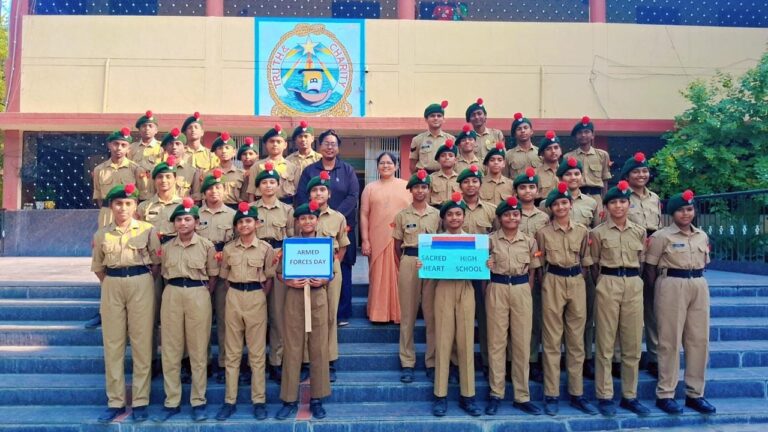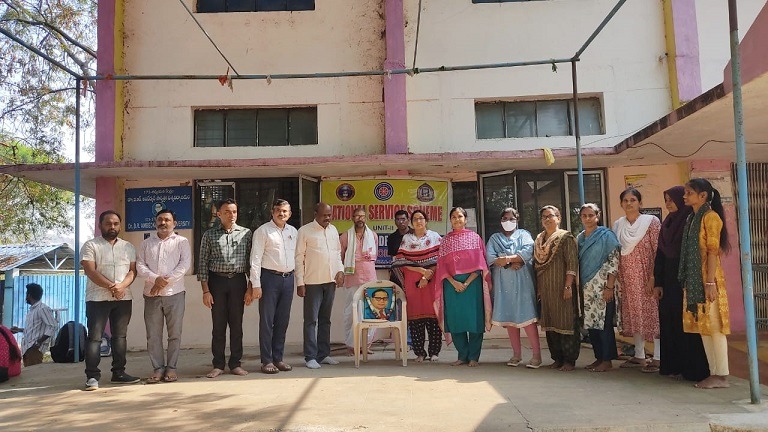

Authored Article by Dr.S.L.N.T.Srinivas,
Domain Expert in Cooperative Governance and M&E
Member, All India Authors Group
NCCT, Ministry of Cooperation, Govt. of India
KARIMNAGAR, OCTOBER 14, 2025: The cooperative banking sector in India is undergoing a silent yet significant transformation, driven by the need to balance inclusivity with innovation. Among the recent success stories, the Karimnagar District Central Cooperative Bank (Karimnagar DCCB) in Telangana stands out as a remarkable example of how digital adoption can reshape the financial foundation of a cooperative institution.
A recent study titled “Standout Practices in Cooperative Banks” by the Centre for Professional Excellence in Cooperatives (C-PEC), BIRD, Lucknow, has spotlighted Karimnagar DCCB as a model of operational excellence and digital innovation. The report highlights how the bank’s focused approach toward technology-led customer engagement has resulted in measurable and sustainable improvements in its low-cost deposit base.
Digital Innovation as a Turning Point
The launch of Karimnagar DCCB’s mobile banking application in December 2021 marked a defining moment in its modernization journey. Within just three months of introduction, the bank recorded a surge in its Current Account Savings Account (CASA) share from 39% to 43%—the highest level in the five-year period between 2019 and 2024.
In absolute terms, CASA deposits grew by nearly Rs 130 crore, rising from Rs 864.56 crore to Rs 994.31 crore. This growth was not merely numerical but structural, signaling a fundamental shift in customer behavior and engagement. Even as the banking landscape became more competitive with rising deposit rates during FY23–FY24, Karimnagar DCCB managed to sustain a high CASA ratio, reflecting customer confidence and digital loyalty.
Driving Factors Behind the Success
The transformation was anchored in three key dimensions: accessibility, awareness, and integration.
- Accessibility:
The introduction of user-friendly digital interfaces, multilingual support, and seamless UPI-enabled transactions enhanced convenience for rural and semi-urban customers. The app integrated QR-based collections, loan repayment options, and balance inquiries, reducing branch dependency and transaction costs. - Awareness and Adoption:
A series of targeted campaigns educated customers about the advantages of digital banking. Staff and PACS-level outreach programs linked app usage with practical benefits like faster subsidy credits, interest alerts, and transparent statements. - Integration and Cross-Linkages:
The digital ecosystem was interwoven with other financial services such as crop loan repayment, recurring deposit management, and credit monitoring. This integration encouraged customers to maintain higher balances in their accounts, thereby enhancing the CASA base organically.
Resilience Amid Changing Market Dynamics
One of the most noteworthy findings of the C-PEC study is that Karimnagar DCCB maintained a structurally higher CASA plateau even during a phase when fixed deposit rates rose significantly. This resilience points to the creation of a digitally engaged depositor base that values convenience and service quality over short-term interest gains.
The study describes this transformation as a “step-change” in cooperative banking behavior—showing how technology can empower even rural and semi-urban depositors to transition from cash-based transactions to digital finance seamlessly.
Future Roadmap: Toward Intelligent Banking
Building on its digital foundation, Karimnagar DCCB is preparing to enter the next phase of transformation with plans to introduce:
- AI-driven financial insights to help customers manage savings and spending.
- Data analytics tools for account reactivation and personalized communication.
- Digital salary and pension ecosystems for local institutions and SHGs.
- Enhanced cyber security frameworks to protect customer data and ensure compliance with emerging regulatory norms.
These initiatives align with the broader vision of Sahkar Se Samriddhi, which seeks to integrate cooperative institutions into the national digital and financial inclusion framework.
Lessons and Replicability
The success of Karimnagar DCCB holds valuable lessons for other cooperative banks across India. It demonstrates that:
- Digital transformation is not limited by geography or institutional size—it is driven by intent, leadership, and community trust.
- Small technological interventions, when backed by capacity building and awareness, can deliver large-scale impact.
- Cooperative banks can compete with commercial banks by leveraging local networks, data insights, and customer intimacy.
The case also reinforces the idea that digitisation in cooperatives must go hand in hand with governance and human capacity development. As cooperative banking evolves, success will depend not just on adopting technology but on reimagining service delivery through inclusivity and trust.
A Pathway to Cooperative Resilience
The Karimnagar DCCB experience underscores the emerging reality that cooperatives can be both socially rooted and technologically advanced. By embracing digital innovation, the bank has shown how cooperatives can strengthen their financial base, improve efficiency, and extend meaningful benefits to members.
As the cooperative sector enters a new era of modernisation, the Karimnagar model stands as a replicable framework for other District Central Cooperative Banks and Primary Agricultural Credit Societies (PACS) aspiring to balance tradition with transformation. It embodies the spirit of digital empowerment, operational sustainability, and cooperative excellence that will define the next phase of India’s rural banking renaissance.




